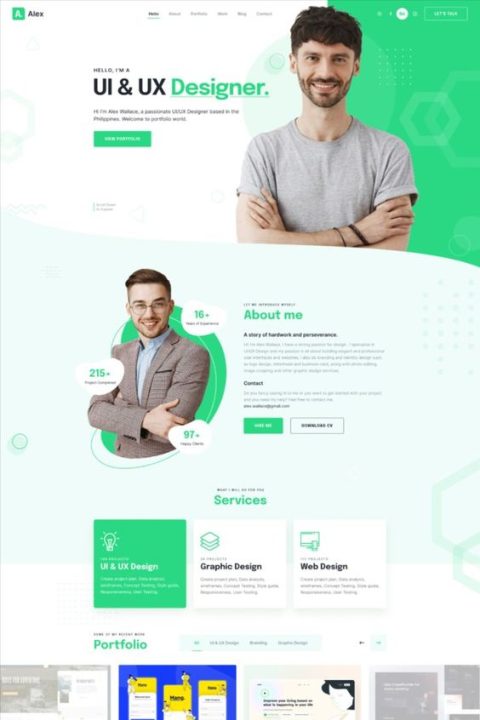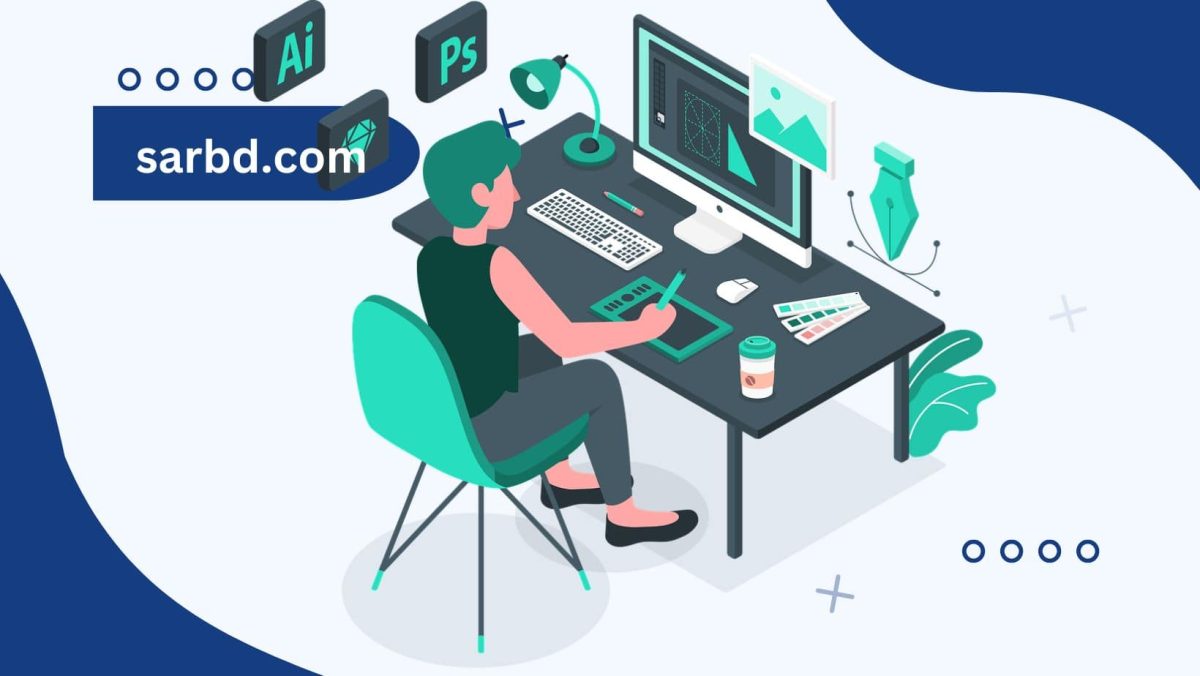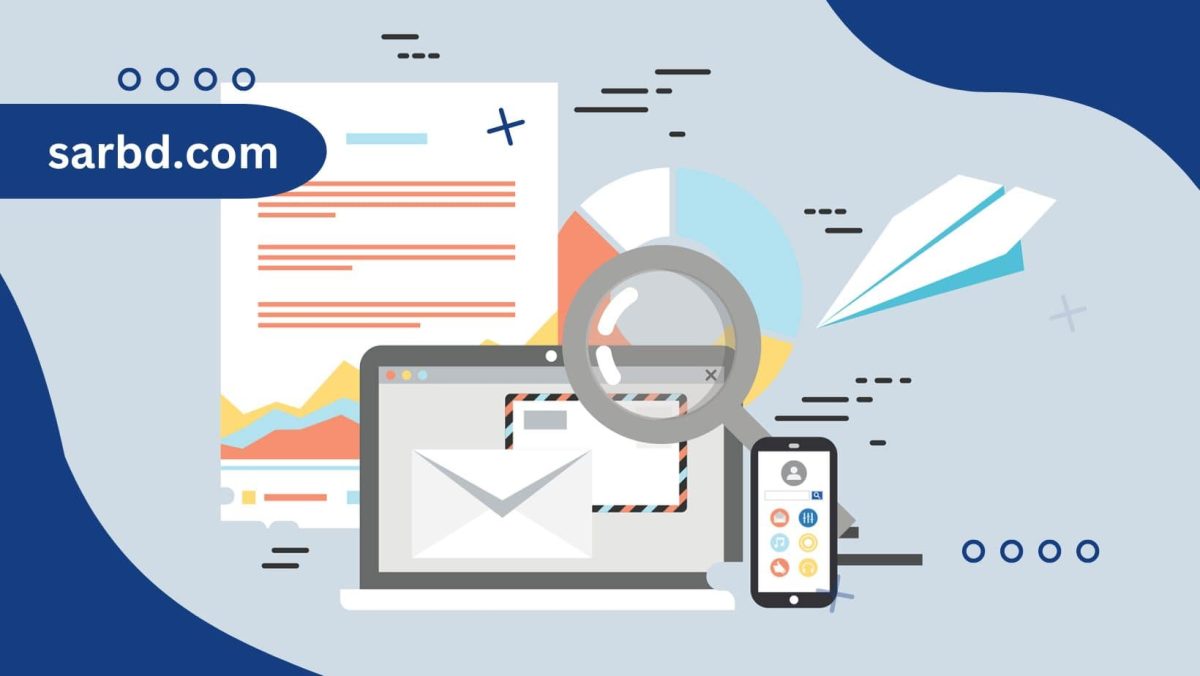Lifetime Web Design Cost 2025: What You Need to Know
Web design is a crucial aspect of establishing an online presence, whether for a business, a blog, or a portfolio. As we move into 2025, understanding the “Lifetime Web Design Cost 2024” is essential for anyone looking to create or revamp their website. This comprehensive guide will delve into the various factors influencing the lifetime cost of web design, providing a thorough analysis that will help you make informed decisions. Lifetime Web Design Cost 2025: What You Need to Know
Introduction to Lifetime Web Design Cost 2025
Understanding the “Lifetime Web Design Cost 2024” is pivotal as the digital landscape continues to evolve. Web design costs encompass not just the initial creation but also the ongoing maintenance, updates, and potential redesigns necessary to keep your site relevant and functional. In this section, we’ll explore the concept of lifetime web design costs and why it’s important to consider this long-term perspective.
Key Factors Influencing Web Design Costs
Several factors influence the overall cost of web design, from the complexity of the website to the level of customization required. Here are the main elements to consider:
- Scope of the Project
- The scope of your web design project significantly affects the cost. A simple one-page website will cost much less than a complex e-commerce platform with multiple pages and features.
- Consider the number of pages, the type of content, and the functionality you need. Each additional feature, such as contact forms, galleries, or integrated social media, will add to the cost.
- Design and Customization
- Custom designs tailored specifically to your brand will cost more than using pre-made templates. Unique graphics, logos, and other custom visual elements require skilled designers and more time to develop.
- Customization also includes the user interface (UI) and user experience (UX) design, ensuring your site is not only aesthetically pleasing but also user-friendly.
- Development and Coding
- The complexity of the coding required for your website impacts the cost. Simple websites might be built using HTML and CSS, while more complex sites might require JavaScript, PHP, or other programming languages.
- Responsive design, ensuring your website works well on all devices, also adds to the development cost.
- Content Creation
- Quality content is crucial for engaging visitors and improving SEO. This includes text, images, videos, and other media.
- Professional content creators or copywriters might be necessary to produce high-quality content, adding to the overall cost.
- SEO Optimization
- Search engine optimization (SEO) is essential for making your website visible to search engines. SEO involves keyword research, on-page optimization, and ongoing efforts to improve rankings.
- Investing in SEO from the start can increase initial costs but pays off in the long run through increased traffic and visibility.
Types of Websites and Their Cost Implications
Different types of websites have varying cost implications based on their purpose and functionality. Here are some common types of websites and what you can expect in terms of cost:
- Personal Blogs
- Personal blogs are usually simpler and less expensive to create. They often use basic templates and require minimal customization.
- Costs can range from $49 to $300, depending on the features you need and whether you choose to hire a professional or use DIY website builders.
- Business Websites
- Business websites are more complex, requiring professional designs, custom features, and often e-commerce capabilities.
- These sites can cost anywhere from $500 to $5,000, depending on the business size and requirements.
- E-commerce Sites
- E-commerce websites are among the most expensive due to the need for secure payment systems, product listings, and inventory management.
- Costs for these sites can range from $1,000 to $20,000 or more, depending on the size of the store and the complexity of the platform.
- Portfolio Websites
- Portfolio websites showcase the work of artists, designers, photographers, and other professionals. They require high-quality visuals and a design that highlights the creator’s work.
- Costs can range from $300 to $2,000, depending on the level of customization and the number of portfolio items.
DIY vs. Professional Web Design
Choosing between DIY web design and hiring a professional is a significant decision that impacts the overall cost and quality of your website. Let’s explore the pros and cons of each approach:
- DIY Web Design
- DIY web design can be more cost-effective, especially with numerous website builders available that offer drag-and-drop functionality.
- Platforms like WordPress, Wix, and Squarespace provide templates and tools to help you build your site. However, these might come with limitations in terms of customization and scalability.
- DIY is best for smaller projects with limited budgets but can result in a less polished final product.
- Professional Web Design
- Hiring a professional web designer or agency ensures a high-quality, customized website tailored to your specific needs.
- Professionals bring expertise in design, development, and SEO, ensuring your site is not only visually appealing but also functional and optimized.
- While the initial cost is higher, the long-term benefits often justify the investment, especially for businesses and larger projects.
Essential Features and Their Impact on Cost
Adding various features to your website can enhance user experience but also increase the overall cost. Here are some essential features to consider:
- Responsive Design
- Ensuring your website works seamlessly on all devices, including smartphones and tablets, is crucial. Responsive design adapts the layout to different screen sizes, improving usability.
- Implementing responsive design can add to the cost but is essential for reaching a broader audience.
- Content Management System (CMS)
- A CMS like WordPress allows you to update and manage your website content easily. It provides a user-friendly interface and numerous plugins for added functionality.
- While a CMS adds to the initial setup cost, it simplifies long-term content management and updates.
- E-commerce Functionality
- For online stores, e-commerce functionality is essential. This includes shopping carts, payment gateways, and inventory management systems.
- These features require advanced development and security measures, significantly increasing the overall cost.
- SEO Tools
- SEO tools help optimize your website for search engines, improving visibility and traffic. This includes keyword optimization, meta tags, and analytics.
- Investing in SEO tools from the start can increase initial costs but is crucial for long-term success.
- Security Features
- Security is paramount, especially for websites handling sensitive information like personal data or payment details. Essential security features include SSL certificates, regular updates, and secure hosting.
- Implementing these features adds to the cost but protects your site from cyber threats and builds trust with users.
Maintenance and Updates: An Ongoing Investment
Maintaining and updating your website is a continuous process that impacts the lifetime web design cost. Here’s what you need to consider:
- Regular Updates
- Websites require regular updates to stay current and functional. This includes updating the CMS, plugins, and security measures.
- Regular updates prevent security vulnerabilities and ensure your site remains compatible with new technologies.
- Content Updates
- Keeping your content fresh and relevant is crucial for SEO and user engagement. This includes blog posts, product updates, and new services.
- Regularly updating content requires time and potentially hiring content creators, adding to the ongoing cost.
- Technical Support
- Having access to technical support is essential for troubleshooting issues and making necessary adjustments. This can be through a support plan with your web designer or a separate service.
- Technical support ensures your site runs smoothly and can handle any issues that arise.
- Hosting and Domain Renewal
- Hosting and domain renewal are ongoing costs. The quality of your hosting service impacts your site’s performance, security, and uptime.
- Investing in a reliable hosting provider and renewing your domain on time is crucial for maintaining your online presence.
Hidden Costs in Web Design
While budgeting for web design, be aware of hidden costs that might arise. Here are some common hidden costs to consider:
- Premium Plugins and Themes
- While many plugins and themes are free, premium versions offer enhanced functionality and support. These can add to your overall cost.
- Premium plugins and themes provide better customization options and often come with regular updates and support.
- Stock Images and Videos
- High-quality images and videos enhance your website’s visual appeal. While there are free resources available, premium stock media can be expensive.
- Investing in professional images and videos can improve your site’s appearance and engagement.
- Third-Party Integrations
- Integrating third-party services like email marketing tools, CRM systems, and analytics can improve functionality but often come with subscription fees.
- These integrations provide valuable insights and capabilities but need to be factored into your budget.
- Training and Learning
- If you’re managing your website, you’ll need to invest time in learning how to use the CMS, plugins, and other tools effectively.
- Training can be time-consuming and might require purchasing courses or hiring a consultant.
Tips to Optimize Your Web Design Budget
Maximizing your web design budget ensures you get the best value for your investment. Here are some tips to help you optimize your spending:
- Plan Thoroughly
- Before starting the project, plan every detail. Define your goals, target audience, and required features. A clear plan helps avoid unnecessary expenses.
- Planning also helps you communicate your needs effectively to designers and developers, reducing the likelihood of costly revisions.
- Prioritize Features
- Identify the essential features for your website and prioritize them. Focus on what’s necessary for launch and add additional features later.
- This approach helps manage costs and ensures you stay within budget while still delivering a functional website.
- Choose the Right Platform
- Selecting the right platform for your website can save time and money. Consider factors like ease of use, scalability, and available features.
- Platforms like WordPress offer flexibility and a wide range of plugins, making it a cost-effective choice for many websites.
- Use Templates Wisely
- While custom designs are more expensive, using high-quality templates can save money without compromising on aesthetics. Customize templates to fit your brand.
- Templates provide a good starting point and can be enhanced with custom elements over time.
- Invest in Quality Hosting
- A reliable hosting service ensures your site runs smoothly and securely. While it might be tempting to go for cheaper options, quality hosting can prevent issues and save money in the long run.
- Consider factors like uptime, support, and scalability when choosing a hosting provider.
FAQs about Lifetime Web Design Cost 2025
1. What is the average lifetime cost of web design in 2025?
- The average lifetime cost of web design in 2025 can vary widely depending on the type and complexity of the website. Simple websites might cost around $500-$1,000, while complex e-commerce sites can range from $5,000 to $20,000 or more.
2. How can I reduce the cost of web design without compromising quality?
- To reduce costs, plan thoroughly, prioritize essential features, use high-quality templates, and choose cost-effective platforms. Additionally, investing in quality hosting and learning basic website management can help.
3. Is DIY web design a viable option for businesses?
- DIY web design can be a viable option for small businesses with limited budgets. However, for a professional, high-quality site, investing in professional web design services is often more beneficial in the long run.
4. How often should I update my website?
- Regular updates are essential to keep your website secure and functional. CMS and plugins should be updated as new versions are released, and content should be refreshed regularly to maintain engagement and SEO rankings.
5. What are some hidden costs in web design?
- Hidden costs in web design can include premium plugins and themes, stock images and videos, third-party integrations, and training. Being aware of these potential expenses can help you budget more effectively.
6. How important is SEO in the overall web design cost?
- SEO is crucial for driving traffic and ensuring your website is discoverable. Investing in SEO from the beginning can increase initial costs but provides significant long-term benefits through improved search rankings and visibility.
7. Can I switch my website platform later?
- While it is possible to switch website platforms, it can be complex and costly. It’s best to choose a platform that suits your long-term needs from the start to avoid migration issues.
8. What role does content play in web design costs?
- Content creation is a significant part of web design costs. High-quality content improves user engagement and SEO. Investing in professional content creators can enhance the overall quality and effectiveness of your website.
Conclusion
The “Lifetime Web Design Cost 2024” encompasses more than just the initial design and development. It includes ongoing maintenance, updates, and potential redesigns. By understanding the various factors that influence these costs and planning accordingly, you can create a budget that ensures your website remains functional, secure, and engaging for years to come. Whether you choose DIY web design or hire professionals, investing wisely in your online presence is crucial for long-term success. For those looking to start their web design journey, consider checking out this affiliate link for cost-effective solutions and resources.




